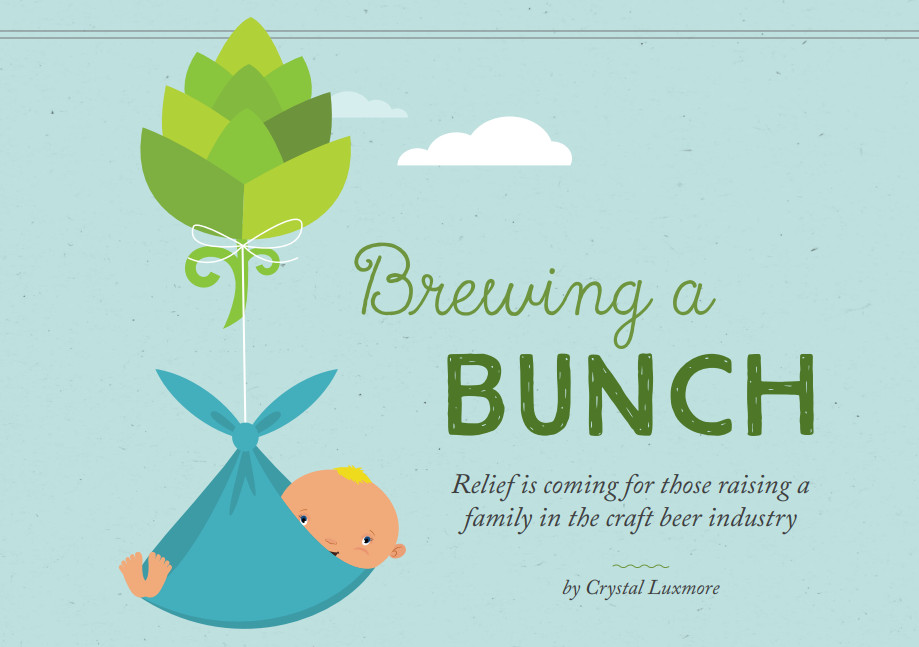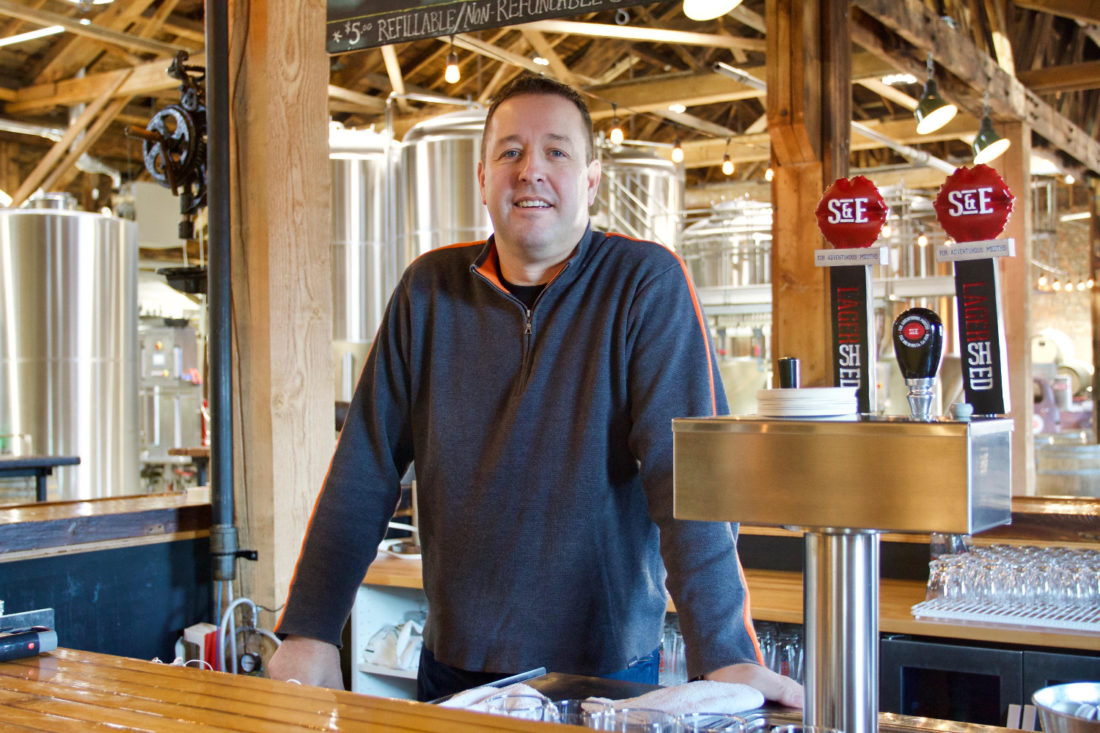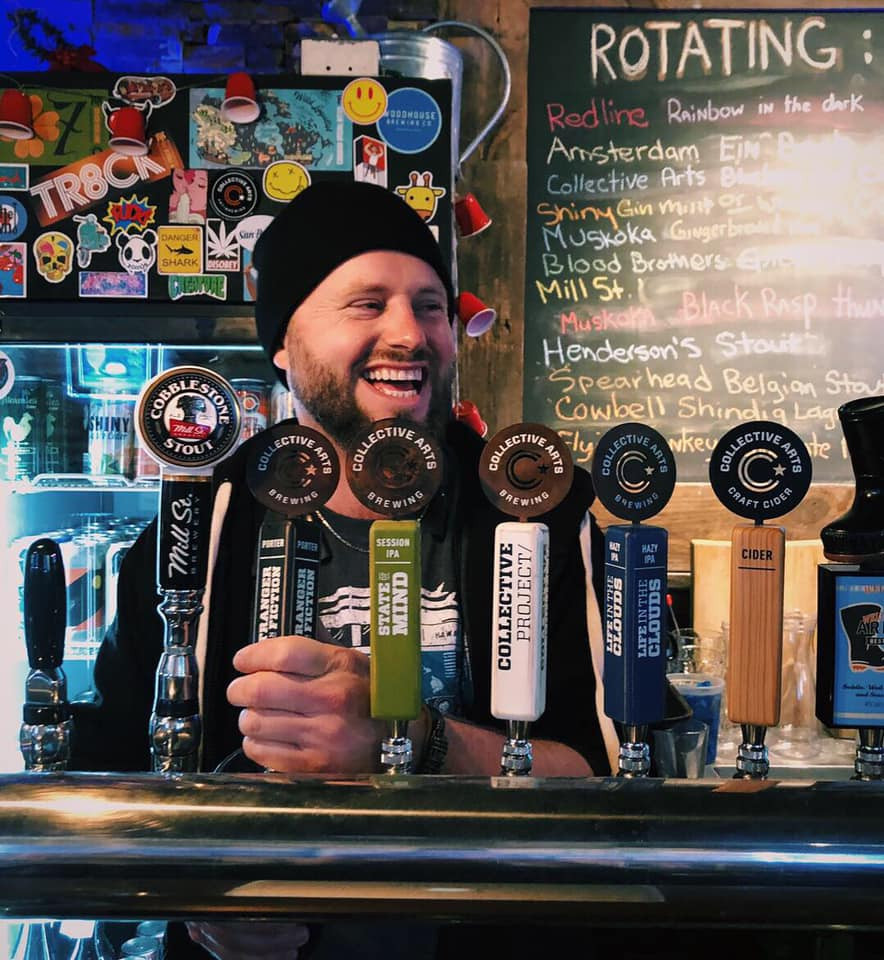
It’s hard out there for craft breweries. Market saturation is a real problem. With LCBO shelves at a premium and some breweries having to focus on taproom sales, adding craft beer bars seems like a potential solution.
Despite the obvious demand, the big, established chains of pubs and sports bars, with more than ten locations, tend to focus on large-brewery beers—they have relationships to maintain and don’t want to mess with a working system.
Sitting in the Woodlawn Public House just after Christmas last year, I was struck by its success. John Oakes of the Harbord House in Toronto has managed to expand the Canadiana-inspired pub to three locations including two in midtown; previously something of a wasteland. He’s not the only one building an empire. I set out to discover what difficulties entrepreneurs face when they begin to build a chain of pubs.
Location, location, location
The restaurant business is fickle and turnover is high. The majority of restaurants will not see two years in business, let alone five. The good news is that there’s always the potential to expand into a turnkey space. The bad news is that it’s fairly likely the space’s previous business closed because they couldn’t make a go of it.
“We’re like lawyers chasing an ambulance,” says Eric Jordan, owner of The John (formerly The Jim) at Dufferin and Bloor.
Jordan, whose experience includes several years at Casino Niagara and Duke’s Refresher, is in the middle of an enormous expansion with three new locations nearing completion this summer, and more planned.
The first, on College Street, replaces Coq of the Walk, an Absintherie — that one was perhaps too niche to survive anywhere for long. The second and third locations replace KT Bar and Aft on Queen Street, west of Broadview.
“This time of year, places are going belly up,” he says. “We were going to space out the openings, but we got a really good deal.”
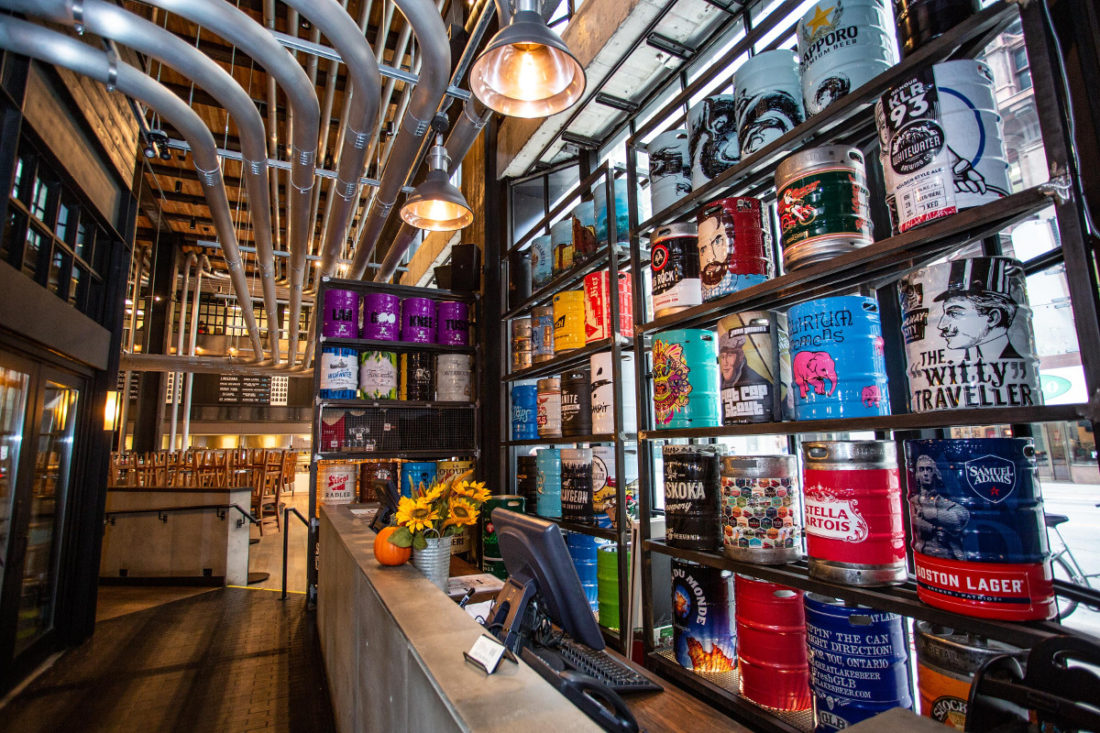
Each address comes with its own difficulties. Consider Bar Hop’s third location, just east of Pape and Danforth, which seems to suffer from a lack of foot traffic when compared to the King and Peter Street locations. In the case of a larger chain, like Calgary-based Craft Beer Market’s Toronto location, a new space might have to be created at great expense. “We converted a bank to a restaurant, in a downtown tower that didn’t have the infrastructure for a restaurant. So it took far more time and money than expected.” says owner PJ L’Heureux.
Renovation
Failing restaurant spaces go downhill faster in terms of cleanliness than a first-year dorm room. It may be necessary to remove carpets that have absorbed a decade of spilled beer or to completely gut a badly maintained kitchen where everything is covered by a thick coating of grease.
In a best-case scenario, the space is practically turnkey, and all it needs is the proverbial coat of paint and armful of knick-knacks—coordinated with the chain’s existing theme, of course. In the case of the Woodlawn Public House, the commonality with the original location is the low-key Canadiana vibe; you get the comfort of the cottage with a little bit of urban sophistication thrown into the mix. The previous inhabitants had preferred a faux-Tudor look, while the updated decor of the Woodlawn lends the space an updated, urbane feel.
The aesthetic is key, even when you start from scratch. It has to stretch across the chain. “I believe it is really important to retrofit the room to make our brand stand out. We could have spent less … but we wanted the overall feel to be warm and inviting, so adding wood cladding to the ceiling, and exposing the character of the building was very important to us,” says Craft’s PJ L’Heureux.
In the worst-case scenario, there’s a significant retrofit. “We pulled seven-and-a-half dumpsters of stuff out of the basement of the original location,” says Eric Jordan. “There were computers still in their boxes from years ago.”
Bill of fare
Regardless of the condition of the space when it’s occupied, you need taplines. Whether it’s a simple half-dozen or over a hundred, the necessity is the same: New hardware, new keg fridge, new lines. It’s the kind of technical difficulty that can cause delays, and even after that you still have to meet the demands of the neighbourhood, customizing each location to a specific vibe.
“All of our locations have rotating taps, but in Toronto, we have rotating rotators,” says Joanna Britton, who oversees Craft’s Toronto and Ottawa locations. The demand for novelty is greater than in other markets. Ottawa’s demands are different. “We used to mandate monthly brewmaster’s dinners at every location. Ottawa doesn’t have as many breweries, and fewer of them are brewpubs, so there’s more interest in that.”
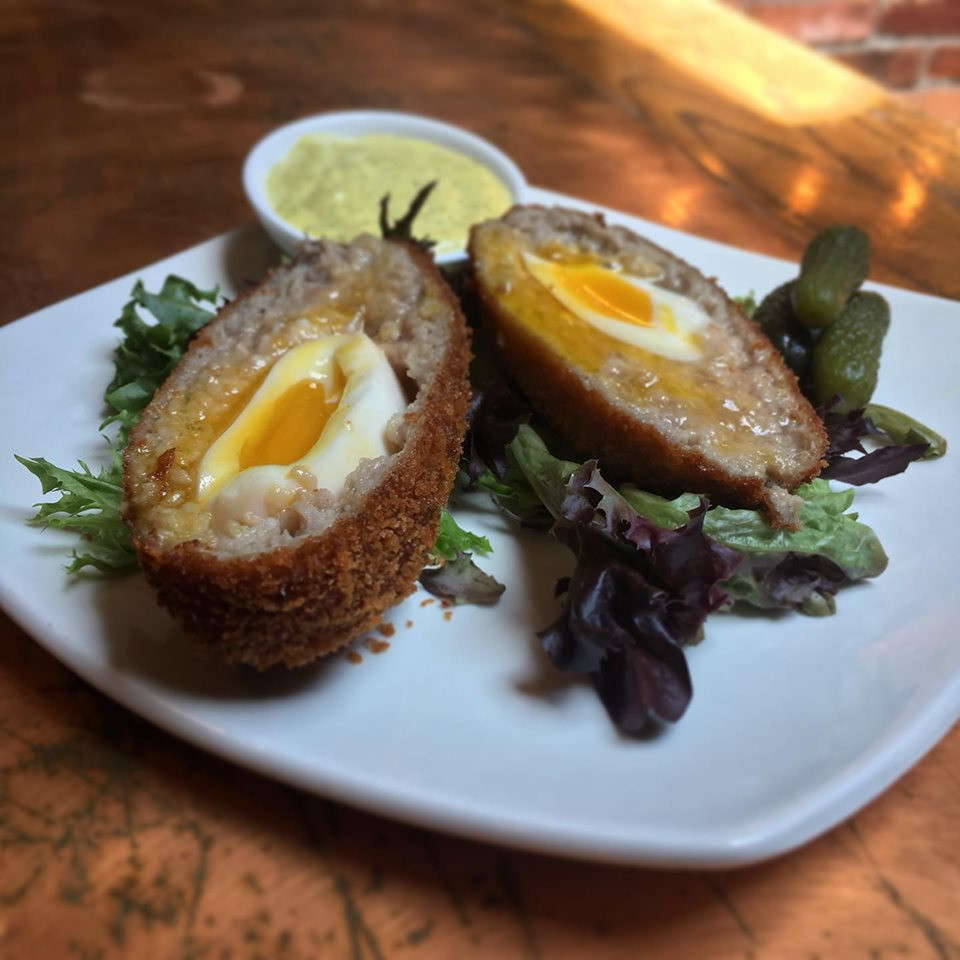
The brewmaster’s dinners give the kitchen staff an opportunity to play because each location is too large to offer feature specials. The menu fits Craft’s vision of sustainability, featuring Oceanwise-approved seafood, Beretta Farms beef, and local produce when available.
Sometimes the ethos is driven from an individual direction. “I think I’m the best customer and I asked where would I go? I want the best beer and the best food, and I want to be comfortable,” says Eric Jordan. “Everyone has to be comfortable. I want a single woman to be able to read a book at the bar.”
This has led The John to simplify in a way that opens their doors more widely. For example, all of the beers on draught and in cans are the same price, offering real bargains to the aficionado without gouging those with simpler tastes. While the daily specials frequently feature game meats, nearly everything on the menu can be customized as vegetarian or vegan. “Each one is individual, but no matter which location, you’re still going to get that John experience.”
The strengths
Negotiating with a chain may seem like a losing proposition for small brewers, but there are definitely advantages. Each Craft location collaborates on a philanthropic community brew monthly with a local brewery, and that can be useful for R&D. Blood Brothers’ Cactus Head double-dry-hopped IPA started out as one in Toronto. From a volume sales standpoint, it represents a significant expansion of what’s possible. The John chain will have 150 taps across four locations by the end of this summer.
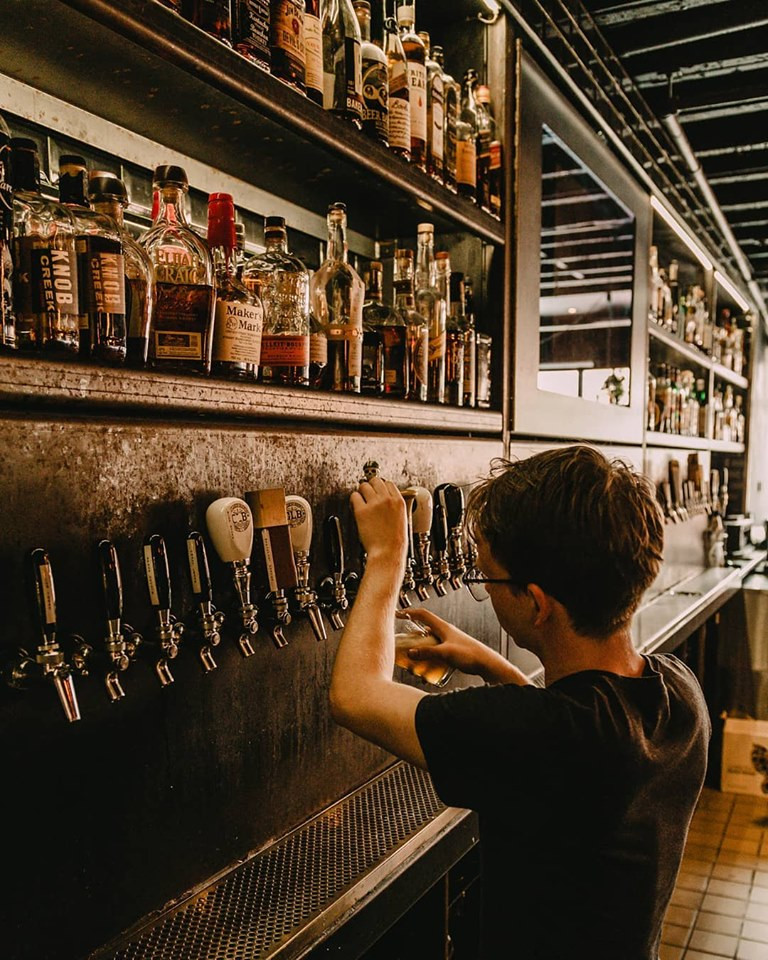
There’s also the question of stability. In a larger company, each location of the business can help to keep new ones afloat as they get up and running and establish themselves in the neighbourhood. That stability allows growth for the chain and also for the careers of the people that work for it. Employees have the potential for career advancement at new locations, taking on more responsibility. “We’re all industry lifers. Some of us 10 or 20 years. We’re bringing in staff we know from previous jobs,” says Eric Jordan.
You’d be surprised at how many bars and restaurants have been blacklisted by craft breweries for not paying their bills. Doing business with the solid, growing operations can be a relief.
That goes for the consumer, too. It’s the confidence to walk into a bar and know that the staff will be trained, the selection of beer will be interesting, and the ambiance will be familiar. Not everything needs to be a challenge.


